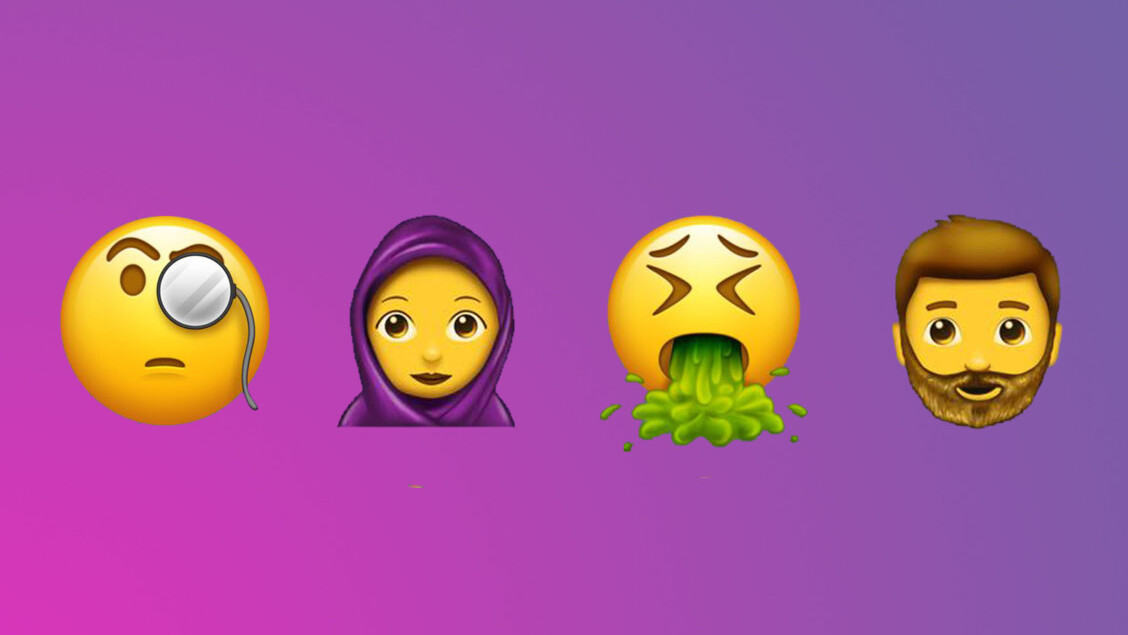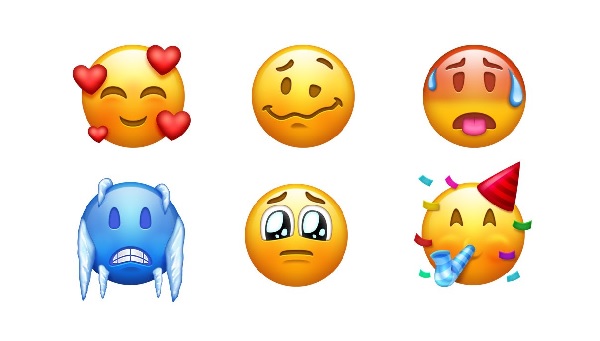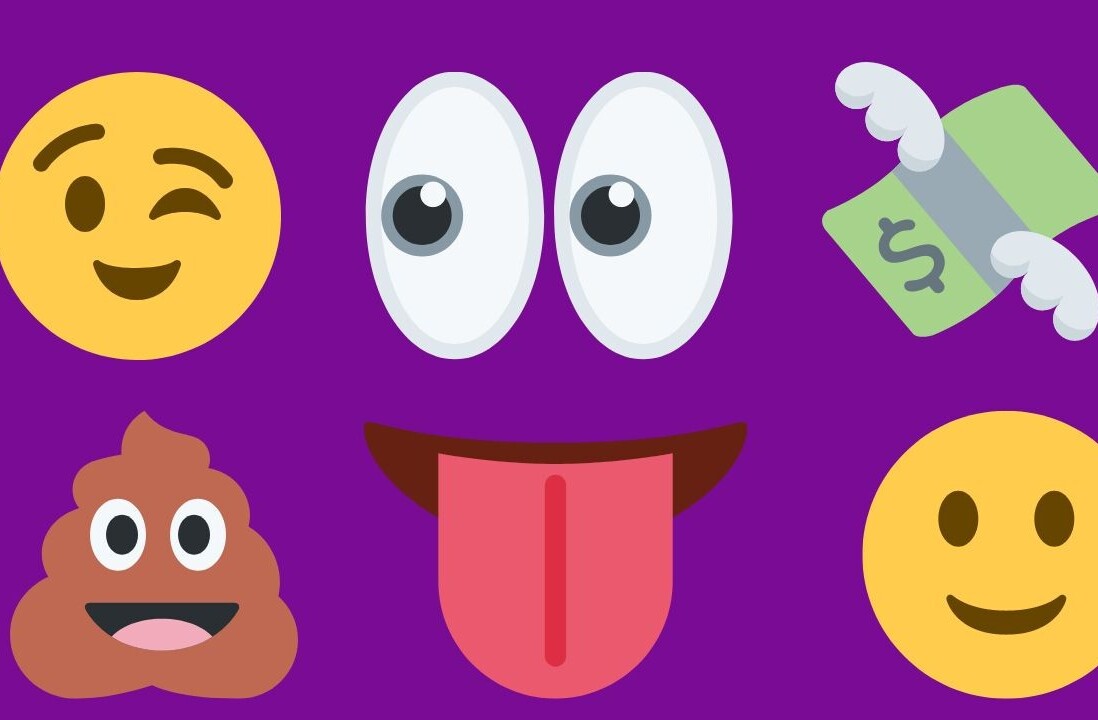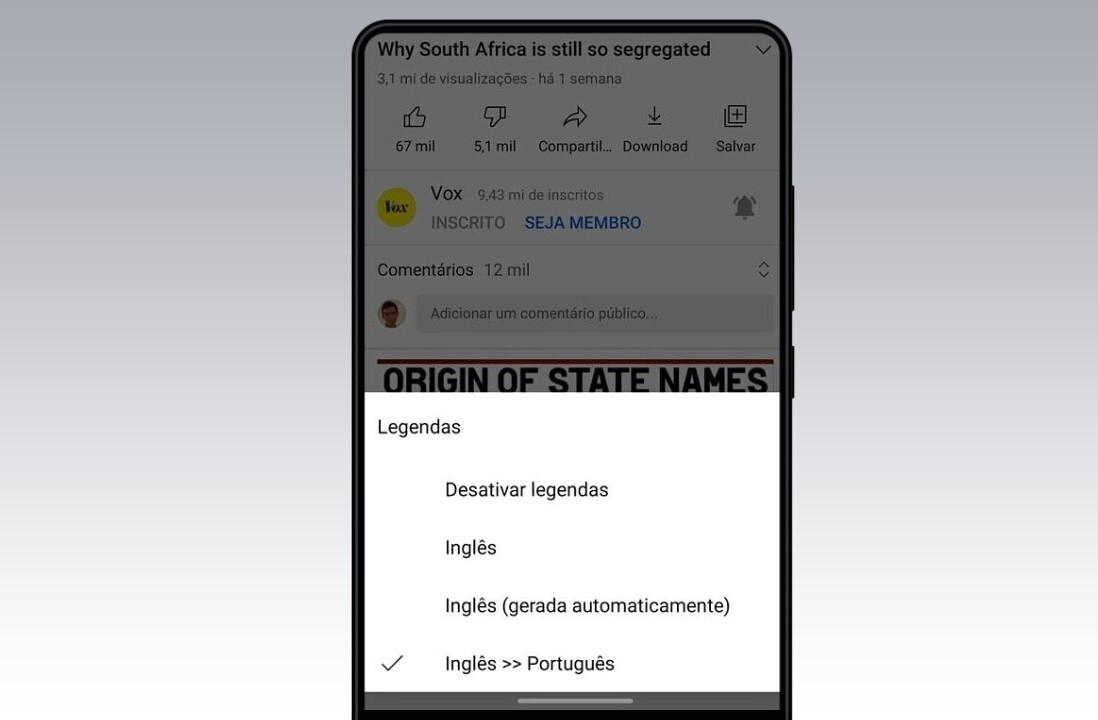
We’ve reached a new level of descent into the world of emoji-based interactions. Starting March 1 of this year, drivers in Queensland, Australia will be able to personalize their license plates with an emoji. There are some limits to this, obviously; you can’t have a license plate with only emojis, and currently, there are only five emoji options. Of course, you’ll also be paying more. Entry-level prices are 475 AUD, or $340 USD.
Being located in the United States, this doesn’t affect me personally, but I couldn’t help but notice the volume and intensity of reactions to this new offer. I’ve seen articles titled, “Emoji License Plates Are a Thing Now Because Everything Is Awful,” and “Emoji License Plates Now Exist Because Of Course They Do,” and a quick glance at the conversation on Twitter will show you just how irritated people are that we’ve begun desecrating the sanctity of vehicular license plates, or more to the point, that emojis exist.
In case you’re similarly stricken with a phobia or deep-seated hatred of emojis, you should rest easy knowing emoji-laden license plates are only available in Queensland, Australia for now. The United States, for example, has no plans of offering license plates with emoji anytime soon.
I’m more interested in the backlash surrounding these new license plates. Rather than expressing concerns of readability by law enforcement officers and pedestrians, people seem more focused on the idea that the emergence of any emoji symbols as legitimate or official alphanumerical characters means we’ve somehow taken a step back as a species. If anything, emoji are actually a step forward.
The linguistic value of emojis

I get it. Receiving a long string of nonsensical pictographs from your 10-year-old nephew is both annoying and obnoxious, but that doesn’t undermine the potential linguistic value of emojis overall. Like it or not, emojis are already developing a respectable history for themselves; the “face with tears” emoji won the honor of being Word of the Year for 2015, and it shouldn’t surprise you that emojis have been the fastest-growing language of all time. Yes, that’s right. This is considered a language.
One of the biggest advantages for the language is its universality. You didn’t attend a class to learn what different emoji mean; you can see what they mean. You’ve known since you were a baby what a smile meant, and how and why that was different from a frown. Because of that, any two people from any two cultures with any two linguistic backgrounds could feasibly carry on an entire emoji-based conversation. Given that we’re being increasingly exposed to other cultures thanks to the connective potential of the internet, that’s becoming more important than ever.
Emoji also provide some degree of wiggle room when it comes to expression, imbuing the writer with more fluidity. For example, you could use the pig emoji to indicate that you’ve recently seen a literal pig, that you’re having ham for dinner, or that you overindulged yourself at brunch. While this room for interpretation is irritating for linguistic purists, it’s an important part of our communication; not only does it allow for individual styles to develop, it also gives people a tool to construct ambiguity, or find visual representations of what they’re experiencing when they can’t find the words to match what they feel. Not everyone is a gifted writer, and emojis make it possible for them to express themselves.
We also need to account for the fact that emojis are rarely used by themselves. Instead, they’re used as a bit of extra flair or clarification at the end of a sentence. This makes them perfect for adding context to an ambiguously worded statement, or conveying or evoking some specific emotion. Like it or not, written text isn’t perfect, and emojis serve as a perfect complement to its weaknesses. For example, text messages rarely convey sarcasm appropriately, but the inclusion of an emoji can instantly clarify things. Imagine the difference between a text from a boss that says, “Way to be late again.” and one that says, “way to be late again!” with a winking emoji next to it. Granted, your boss may not be in the habit of sending emoji-laden text messages, but all it takes is one face to instantly rectify the ambiguity.
There are other benefits to explore with emojis, too, including how fast they are to find and send compared to long, drawn-out sentences, and the accessibility of inside jokes and personalized subtext.
Descriptivism vs. prescriptivism

Emoji haters tend to base their arguments on prescriptivism. In linguistics, there’s a fundamental difference in philosophy between prescriptivism and descriptivism. Prescriptivism holds that words and grammar should be formally defined and controlled, then used according to those formal definitions. Descriptivism, by contrast, holds that words and grammar should be used in whatever format or application allows them to be best understood.
Language isn’t sacred, or shouldn’t be, because it undergoes evolution like any other cultural institution. If you want to apply a prescriptivist mindset, you should apply it to every area of language, and start researching how formal institutions like grammar and spelling have changed over the years. Otherwise, you’re implicitly accepting that languages change over time, and regardless of whether or not it’s what you grew up with, you have to roll with the punches.
Back to the license plates

There are both legitimate and illegitimate criticisms of the possibility for emoji-based license plates. Readability and indexation need to be efficient, or the entire system will break down. But the majority of people aren’t focusing on the logistics; they’re focusing on the superficiality of emojis as a language, and frankly, that stance is indefensible.
Nobody is forcing you to use emojis to communicate, but you’re already practically forced to tolerate their existence, the same way you’d be forced to tolerate the existence of any language. They’re a step forward for the progression of our linguistic capabilities and interactions, and being staunchly in favor of the communication standards you grew up with isn’t going to change that.
Get the TNW newsletter
Get the most important tech news in your inbox each week.




